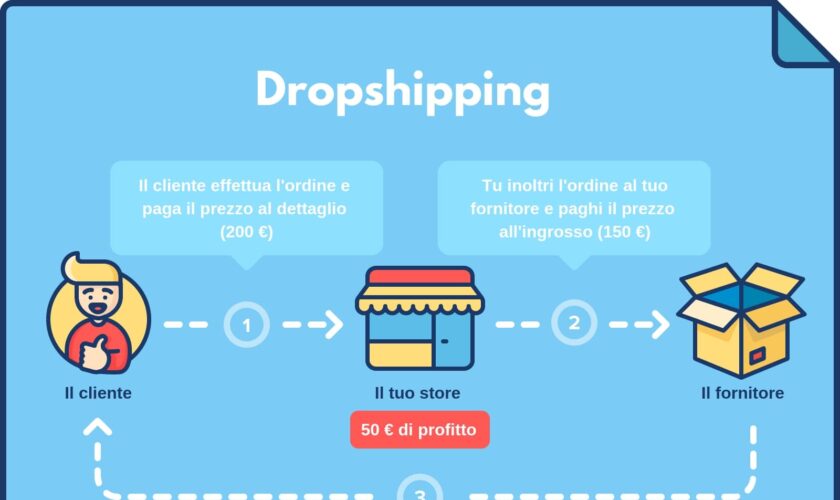People have been advocating for better recycling for a long time. For most of the last 50 years, the recycling mantra has been repeated by schools, ecological advocates, environmentalists, scientists, and politicians. So why is the world still not where it wants to be? It could be a lack of standardization.
Countries do not have a shared set of standards pertaining to what can and should be recycled. There are no standards for how to recycle certain types of materials. Here in the U.S., states enjoy varying degrees of success with their municipal recycling programs. Yet there are few standards among the states for such programs.
This explains why Maine can recycle 72% of its designated glass, aluminum, steel, and consumer plastics while Connecticut can only recycle 52%. The states have different policies and levels of access. They have different infrastructure, different data sets, and even different goals.
When Standardization Works
Recycling is rarely impossible. When it is difficult, the challenges are almost always related to cost, labor, and efficiency. Solve those problems and you can recycle just about anything. For real life proof, look no further than industrial plastics.
Companies in five states, including Ohio and Kentucky, sell their industrial plastic waste to Tennessee-based Seraphim Plastics. In turn, Seraphim creates plastic regrind by shredding and grinding down the waste. Regrind is sold to manufacturers who mix it with virgin plastic for use in injection mold processes.
Seraphim Plastics is not the only company doing this. There are many more across the U.S. They can all make it work because of standardization in the industrial plastics market. An example of that standardization is the simple fact that industrial plastics are not mixed. Each type of plastic is kept separate in terms of both manufacture and use.
Industrial plastics do not have to be separated by recyclers. They also don’t have to be put through costly and labor-intensive processes to remove contaminants like paper labels, glue, and ink. Recyclers obtain clean plastic materials that go from truck directly to grinder. Industry standards make it possible.
Too Much Going On
So many products are not easily recycled for the simple fact that there is too much going on with them. Consumer plastics are an excellent example. You know those little numbers you find on plastic bottles and food packages? They don’t mean a whole lot. They merely designate the type of plastic you are dealing with. The numbers themselves were implemented decades ago for the purposes of making sorting easier.
Based on those numbers, there are at least seven different types of consumer plastics. Moreover, plastic products are not always made with just a single type of plastic. Different plastics are utilized together. Take your typical white milk jug. The jug is one type of plastic while the cap and ring are another type.
Similar problems exist with everything from batteries to car tires. With so much going on, it is difficult to define and develop manageable recycling systems that do not lose money. This is why we ultimately don’t recycle as much as we actually could.
It Can Be Done
Nature’s own rules dictate that we really can recycle just about anything. It can be done. Whether or not we have the will to do so is another matter. And if we don’t, that’s okay. The only point being made here is that a lack of standardization is really hurting our recycling goals. If we want to improve recycling across the board, we have to agree on some sort of standards by which we all operate. Otherwise, systemic inefficiency will inhibit our efforts.




